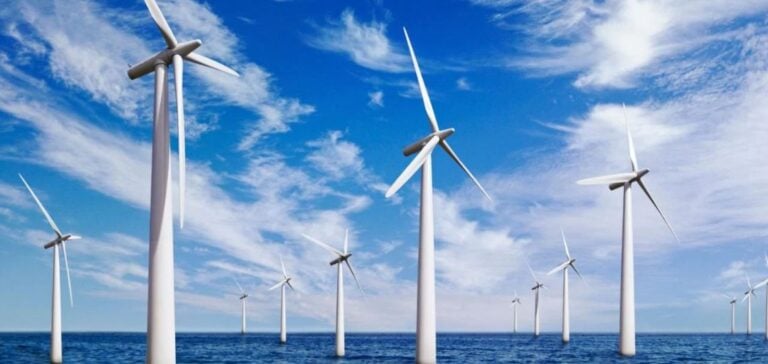In the past year, several developers have cancelled offshore wind projects or contracts, calling into question US climate targets. However, regulators moved quickly to stabilize the sector, with regulatory adjustments designed to support developers and maintain climate ambitions, particularly in New York. The green light given to the Sunrise Wind offshore project, the largest in the country, bears witness to this recovery.
Reforms and adaptations in New York State
Gregory Lampman, of the New York Energy Research and Development Authority, stressed the importance of a flexible, collaborative approach with industry to achieve the state’s goals. Following the refusal to increase contract prices, new calls for tender were quickly organized, reducing bid processing time.
Developers’ outlook and market trends
Equinor’s Aude Schwarzkopf shared the challenges of the year, marked by contract cancellations, but also by the selection of the Empire Wind 1 project during an accelerated solicitation. Companies are now focusing on measured expansion and better supply chain management.
Impact on federal planning and licensing
Luke Feinberg of the Bureau of Ocean Energy Management explained that state challenges have not had a major impact on federal permitting processes, which remain relatively insulated from regional turbulence.
Strengthening and future prospects
Fred Zalcman of the New York Offshore Wind Alliance pointed out that the actions of the states, particularly New York, quickly restored investor confidence. With recent solicitations and projects underway, New York is well on its way to achieving its goal of 9 GW of offshore wind power by 2035.
So, despite a difficult start in 2023, the US East Coast offshore wind industry is regaining momentum, supported by regulatory adjustments and increased collaboration between states and developers.






















